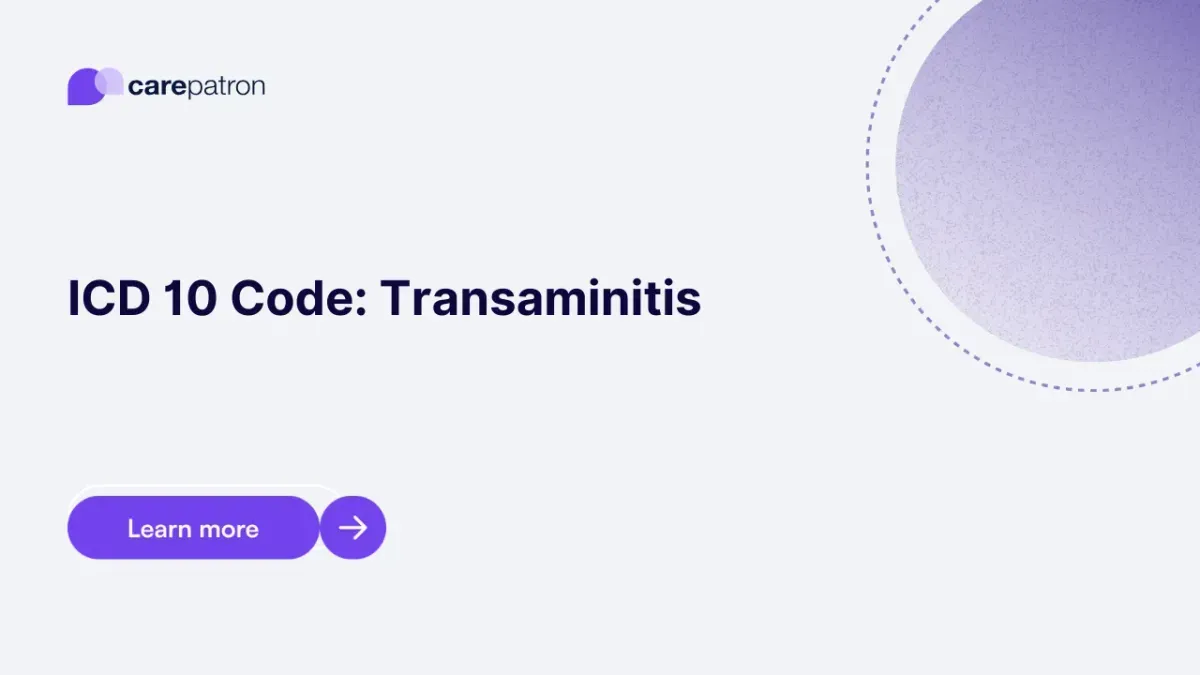
Transaminitis ICD-10-CM Codes
Read this short guide and learn about transaminitis ICD codes you can use. Learn about clinical and coding information here.
Use Code
Commonly asked questions
No. Perhaps it will be added in the future.
Healthcare professionals will conduct blood tests, especially if the patient has symptoms or is at risk of liver disease.
Medicine, dietary changes that don’t include red meat and trans fats, exercising, and avoiding alcohol. For those with severe liver disease, a liver transplant might be recommended.
EHR and practice management software
Get started for free
*No credit card required
Free
$0/usd
Unlimited clients
Telehealth
1GB of storage
Client portal text
Automated billing and online payments
